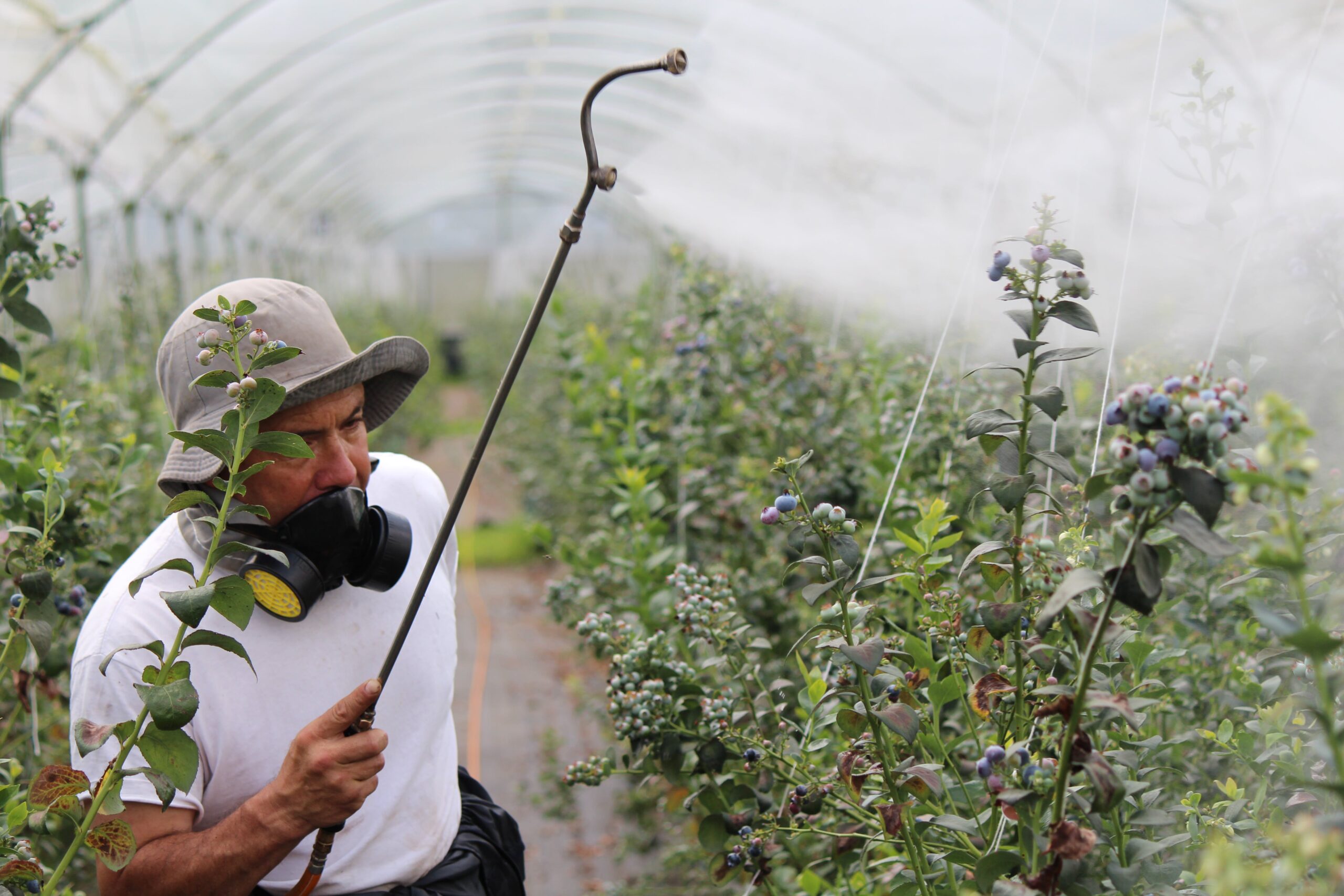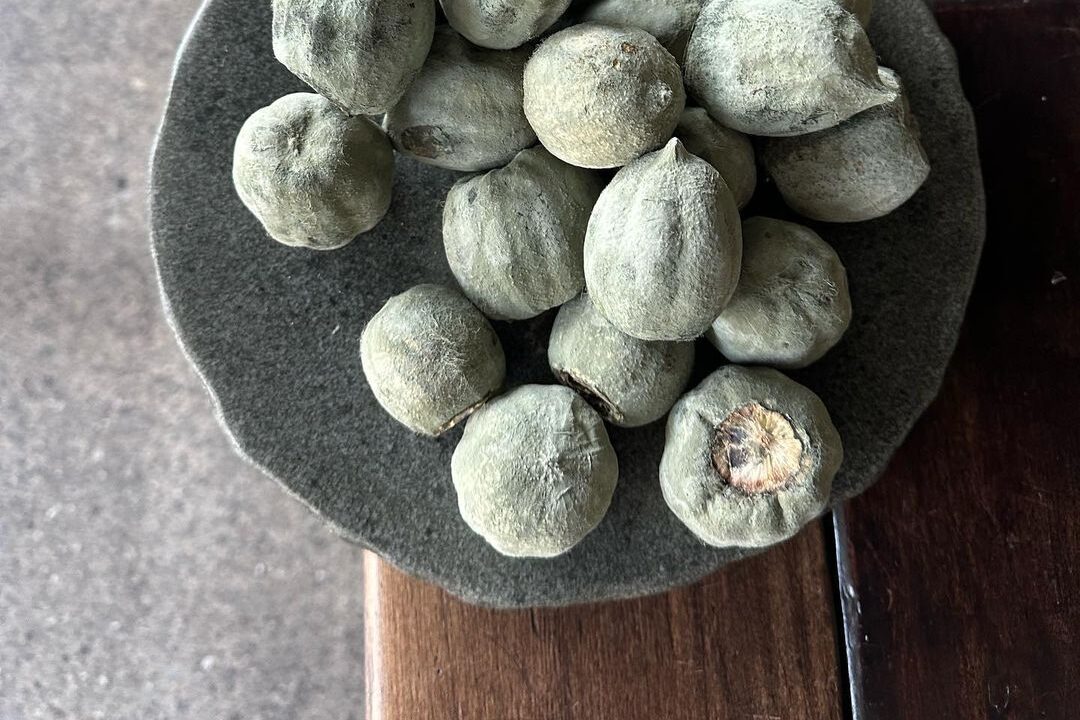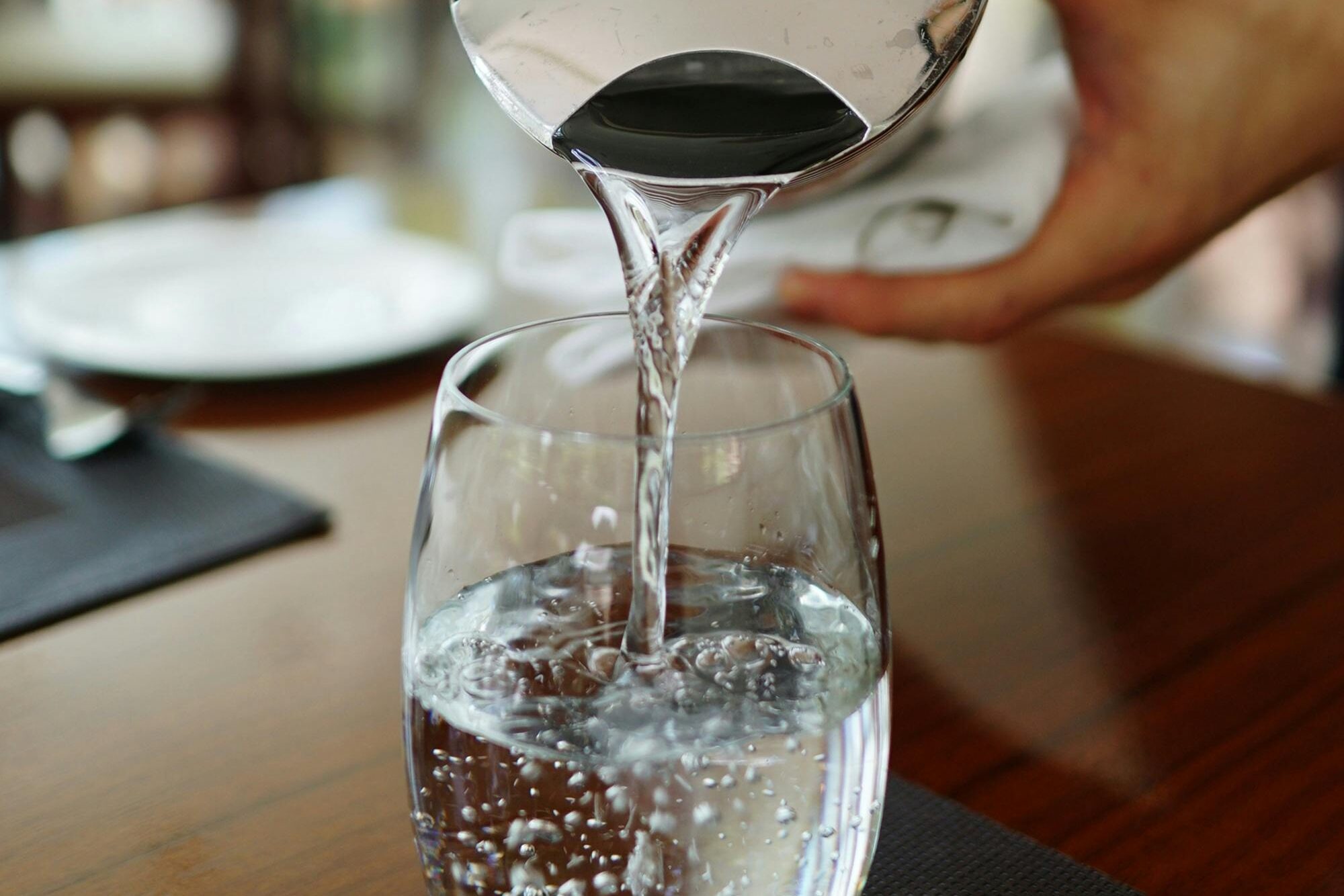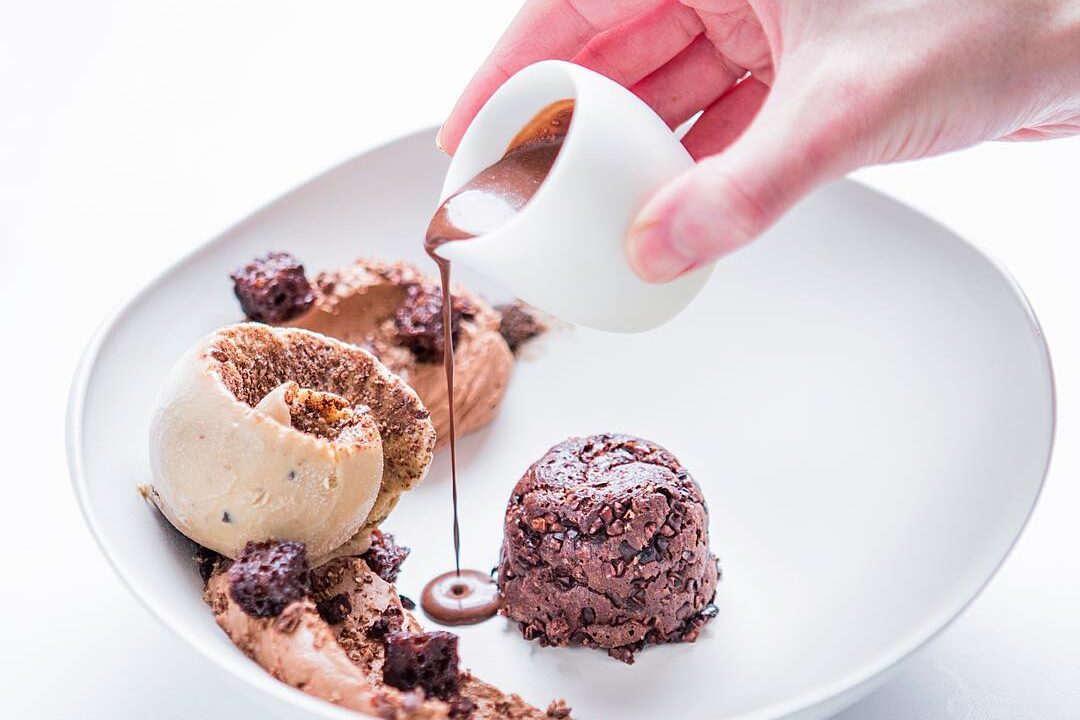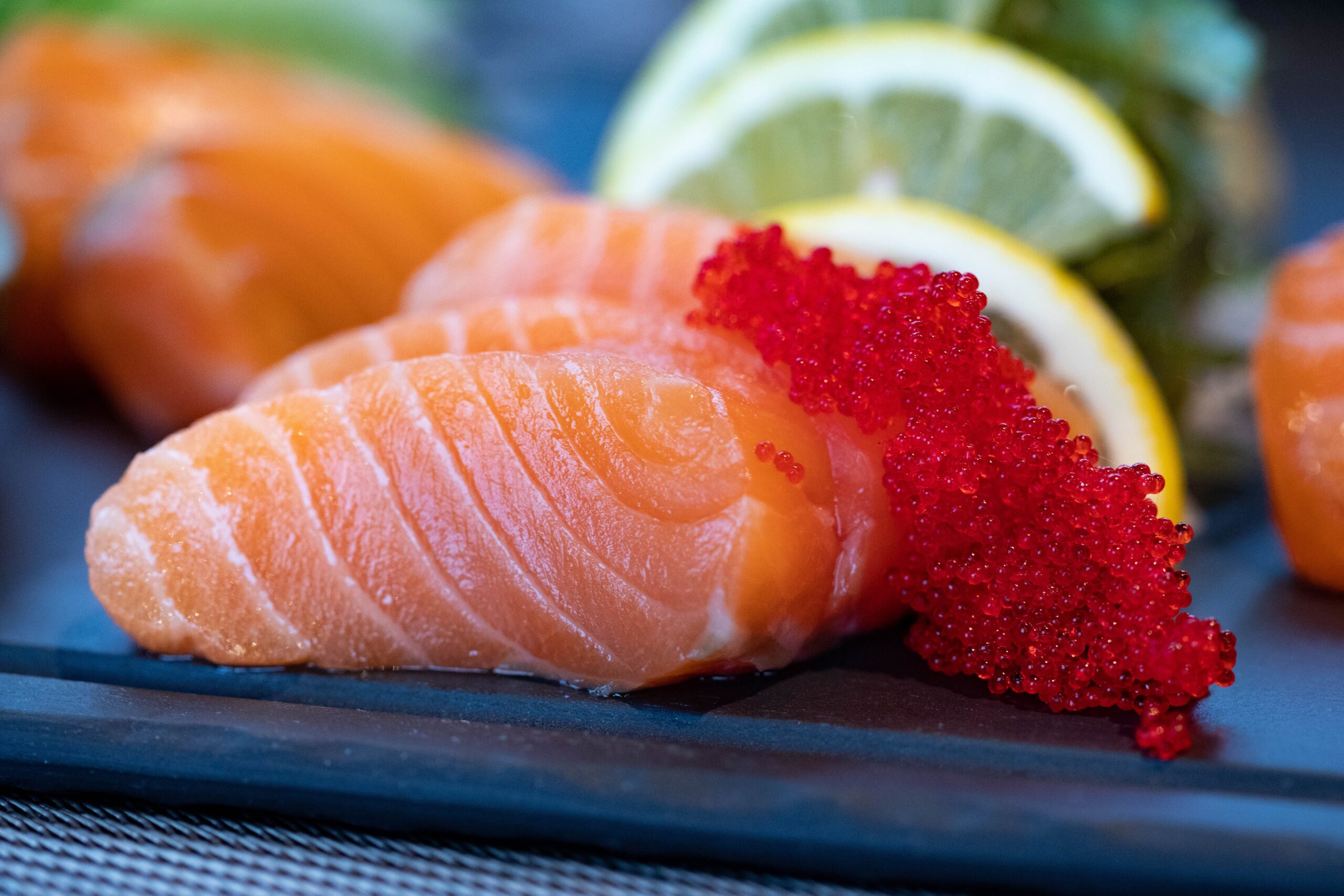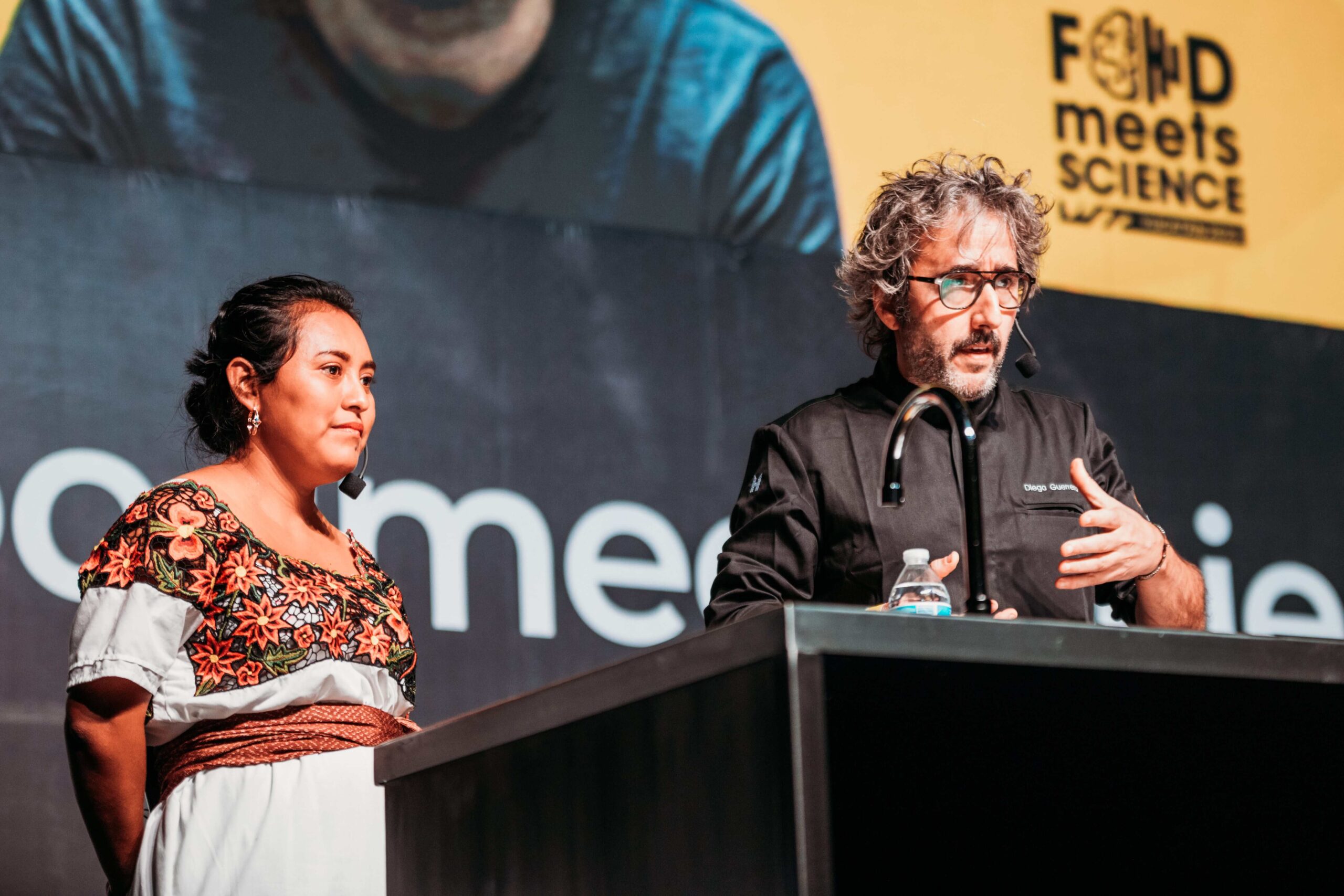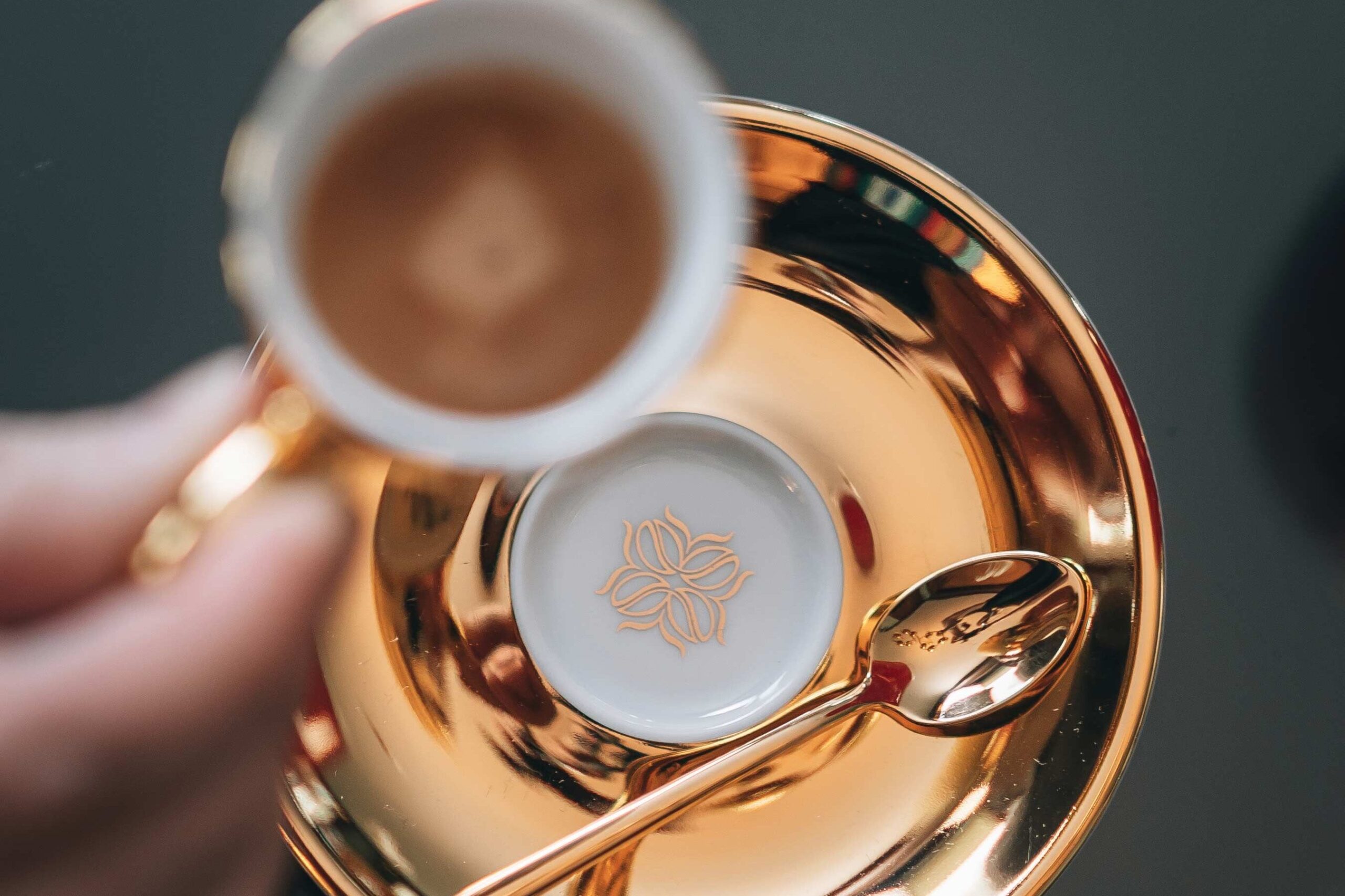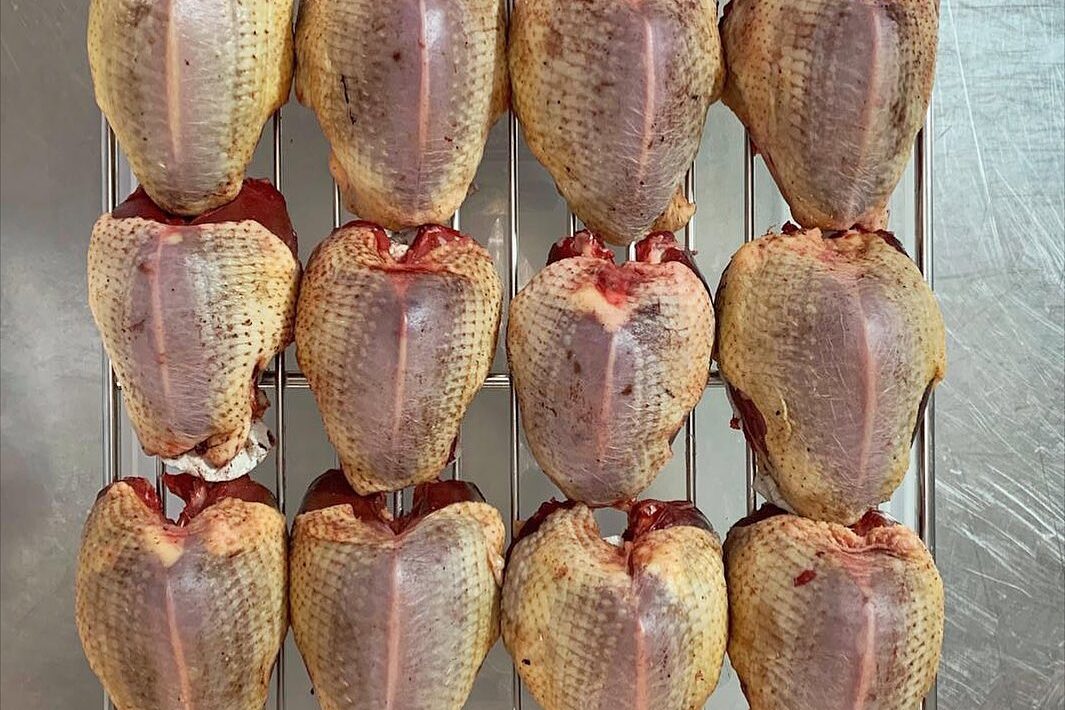Great expectations for pesticides
The European Union watches agriculture and related problems very closely. It is an essential part of sustainable development policy for all Member States. One of the unresolved issues concerns pesticides. Restrictions on the use of these measures apply throughout the Union. Restrictions or false hopes This is based on the hope that the less pesticides […]
Taste and hear – Does the Sound affect taste?
Much research has been done on sensory relationships. The fact that music affects our mood is nothing new, but does it also affect our taste? SOUNDLANDS MATTER There have been many studies on this topic, but psychological and neuroscientific explanations are not certain. It is difficult to determine the basis of conclusions and explain the […]
The Science Behind Aging Fruits and Vegetables
Have you ever purchased unripe fruit or vegetables, only to have them go bad before they have a chance to ripen? Or maybe you’ve noticed that some fruits and vegetables seem to taste better after they’ve been sitting on the counter for a few days. These changes in texture and flavor are the result of […]
What happens when you don’t drink enough water?
We hear all the time about drinking the right amount of water. Newspapers, television, and the Internet shout about it, especially during the hot summer. We all know that drinking water is important. But do we really know why? Drinking adequate amounts of water is necessary for us to live – there is no doubt […]
What is chocolate tempering?
Let’s talk about something sweet again! What comes to your mind first? Chocolate, of course! Today we come to you with an interesting topic. Do you know what chocolate tempering is? It’s not a very common term and we won’t be surprised if it’s your first time hearing about it. So let’s start from the […]
The gut – link to depression
Over the years and through research, experts and studies have increasingly highlighted the role of the intestines in our body, often describing them as our “second brain.” But why? That is because the nervous system of the intestines is similar in structure to the nervous system. Both are based on the same type of neurons […]
My ice cream looks salty: the taste expectations
Surely you’ve heard that the taste buds on our tongue are responsible for whether we feel the sweet, bitter, salty, or sour taste of a dish. You may even know that the tongue is not as rigidly divided into taste zones as the illustrations of a biology textbook suggested. However, this still does not fully […]
Culinary trips to Mexico with the creations of Diego Guerrero
The first Mexican-inspired dish from the restaurant’s repertoire presented by Diego Guerrero in front of the audience was Cochinita Pibil.
The Science of Coffee Brewing
Achieving Perfection Through Bean Quality, Grind Quality, and Extraction Precision Coffee brewing is an intricate and delightful process that combines both artistry and science. From selecting the finest beans to achieving the perfect grind and mastering extraction precision, each step plays a vital role in crafting a cup of coffee that tantalizes the senses. In […]
The Art of Seasoning Meat
Seasoning meat is an essential step in preparing delicious and tender meat dishes. The process involves allowing the meat to rest for a period of time, during which enzymes in the meat break down muscle fibers and connective tissues, resulting in a more tender and flavorful end product. Dry Aging vs. Wet Aging: Which Method […]





